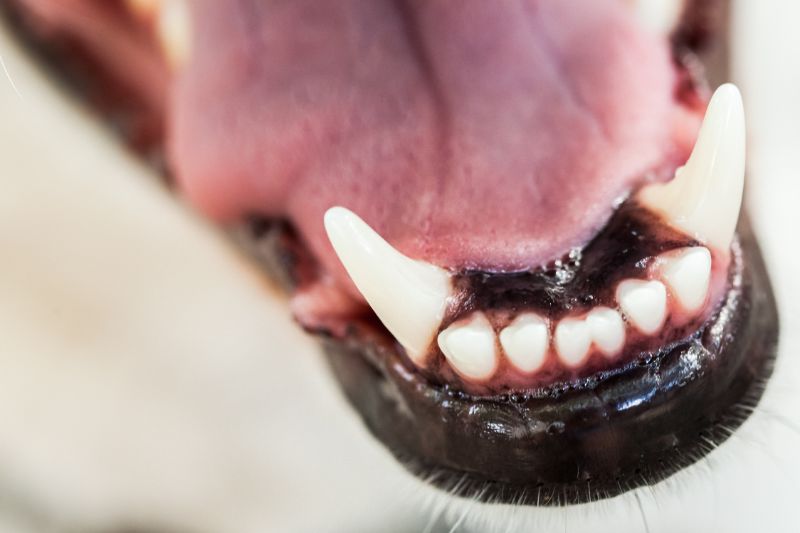Beyond Fresh Breath: The Importance of Pet Dental Care

Judging by the amount of toothpaste and mouthwash commercials on TV, it would appear that most of us are on board with dental hygiene. Although we can’t imagine not brushing our teeth every day and checking in with the dentist a couple of times per year, the majority of pet owners ignore their furry friend’s oral health.
According to the American Veterinary Dental Association, up to 80% of dogs and 70% of cats have some form of dental disease by the time they reach the age of 3. When left unchecked, dental disease can result in pain, tooth decay, tooth loss, and infection, both of the tissues in the mouth and the vital organs of the body. Poor oral health can actually decrease your pet’s lifespan!
Preventive pet dental care is a vital component of your pet’s well being, and MarketPlace Veterinary Hospital wants you to understand how regular home care, routine examinations, and professional dental cleanings can help.
Those Pearly Whites
Every time you bring your pet in to see us for their annual wellness exam we assess their oral health. A good oral examination allows us to address any problems that may be brewing before they become serious (and expensive).
We recommend bringing your pet in to see us if you notice any of the following signs of dental disease:
- Bad breath
- Obvious tartar buildup
- Red or swollen gums
- Changes in eating habits
- Bleeding or loose teeth
- Swelling around the jaw
- Drooling
- Pain when touching the mouth
Professional Pet Dental Care
Just like us, pets require comprehensive dental examinations and cleanings to maintain good oral health throughout their lifetime. Professional exams and cleanings require the pet to be under general anesthesia. This allows us to examine the entire mouth, probe and clean each tooth, and take dental radiographs to get an accurate picture of what is happening both above and below the gumline.
Pet Dental Care Starts at Home
Home pet dental care is the cornerstone of good oral health. The idea of brushing your pet’s teeth may not seem like your idea of fun (or even something that’s possible!) but we assure you that with patience and persistence most pets can learn to tolerate, and even enjoy, tooth brushing. Try our ideas to help you get started:
- Allow your pet to sniff and lick the toothbrush, reward them with praise and treats.
- Begin by rubbing your pet’s teeth and gums with a finger or wet washcloth (always follow up with praise and a treat), then progress to a pet-specific toothbrush when they seem ready.
- Keep sessions short and gentle. You only need to brush the outside of the teeth, paying particular attention to the back molars.
- Choose a pet-specific toothpaste containing enzymes that break down plaque and tartar. Never use human grade toothpaste, as many contain ingredients that are toxic to pets, such as Xylitol.
- Aim to brush three times per week minimum (daily is better). Some pets take longer than others to accept tooth brushing, so keep at it.
If you’re struggling to provide home dental care for your pet don’t forget that we’re here to help! We have plenty of tricks up our sleeves when it comes to taking care of your pet’s chompers, so don’t hesitate to give us a call. Your pet’s health and wellness are our top priority!

